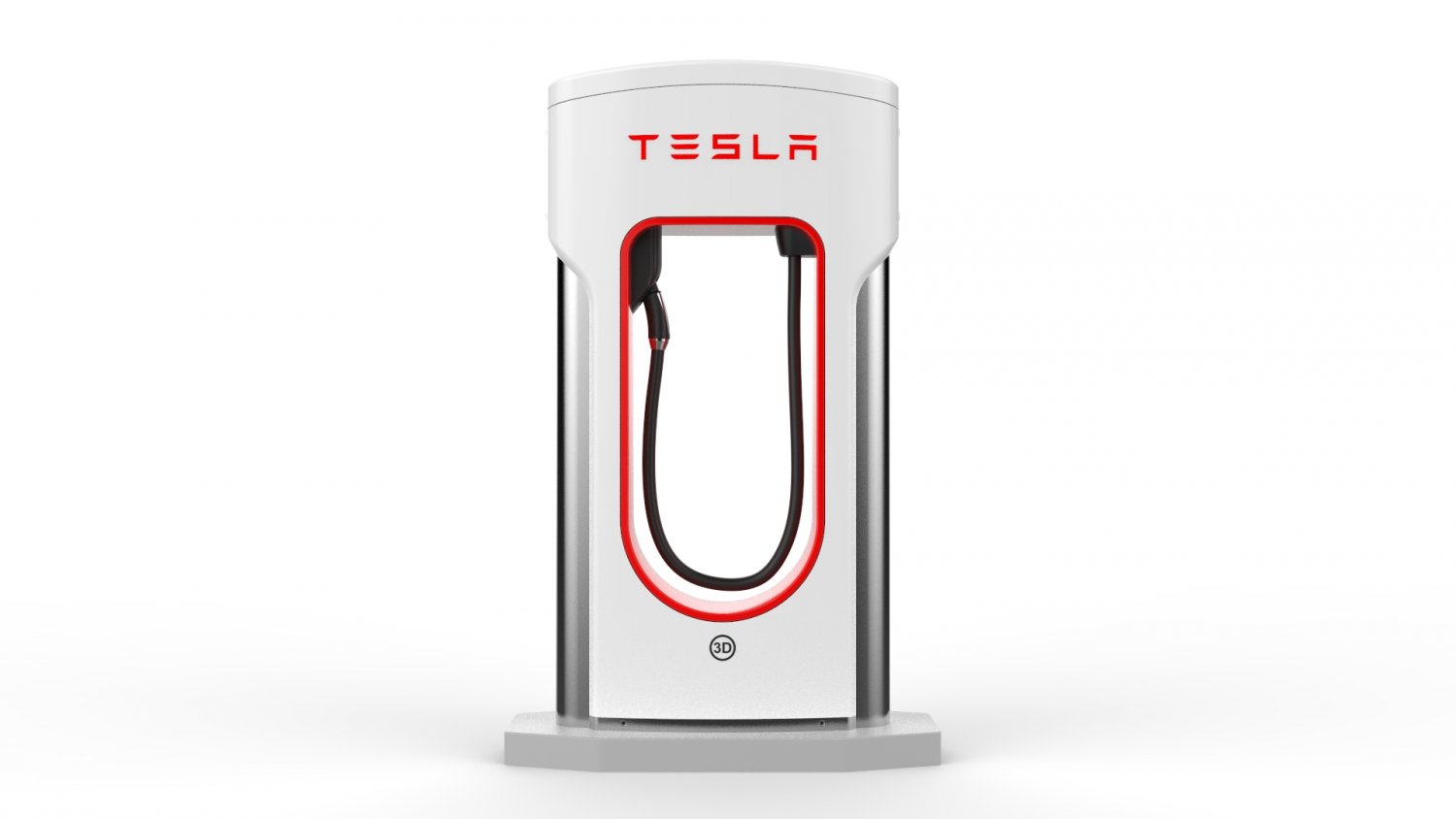At the start of the year, Tesla’s Supercharger team faced daunting challenges. Despite increasingly ambitious targets, they consistently met expectations. However, CEO Elon Musk made the surprising decision to dissolve the entire division in April, despite its profitability in the previous year.
With over 25,000 charging ports in the U.S. and 50,000 worldwide, Tesla’s Supercharger network is renowned for its wide coverage and reliability, alleviating range anxiety for many EV drivers. The abrupt layoffs raised concerns about the future of this vital infrastructure project.
Although layoffs were anticipated by some, the complete elimination of the Supercharger division caught many off guard. Former employees emphasized the team’s dedication and the excellence of their work.
Despite Tesla’s recent sales challenges and profit declines, the decision to dismantle the Supercharger division was seen as drastic. The layoffs occurred in multiple waves, affecting around 500 employees.
While Musk announced a $500 million investment in expanding the Supercharger network, insiders question how feasible this will be without a dedicated team.
Before the layoffs, the Supercharger network was poised for further expansion, with streamlined production processes and plans for more powerful hardware. However, many planned sites are now uncertain due to the layoffs.
Tesla was positioned to secure funding for expansion through programs like the National Electric Vehicle Infrastructure (NEVI) program. The company focused on high-demand areas and strategic routes to maximize impact.
The Supercharger network has been hailed as a potential profit center, boasting superior technology and profitability even before other automakers gained access.
Since its inception in 2012, the Supercharger network has grown rapidly, providing fast charging capabilities across the U.S. and beyond. Its reliability and ease of use have set it apart from competitors.
While initially exclusive to Tesla vehicles, the network began opening up to other automakers in 2022, further expanding its reach.
The future of the Supercharger network is uncertain following the layoffs, raising questions about its continued expansion and maintenance. Without a dedicated team, challenges lie ahead, particularly in upgrading existing locations.
In summary, the abrupt dissolution of Tesla’s Supercharger division has cast doubt on the future of this critical infrastructure project, despite its past success and profitability.
